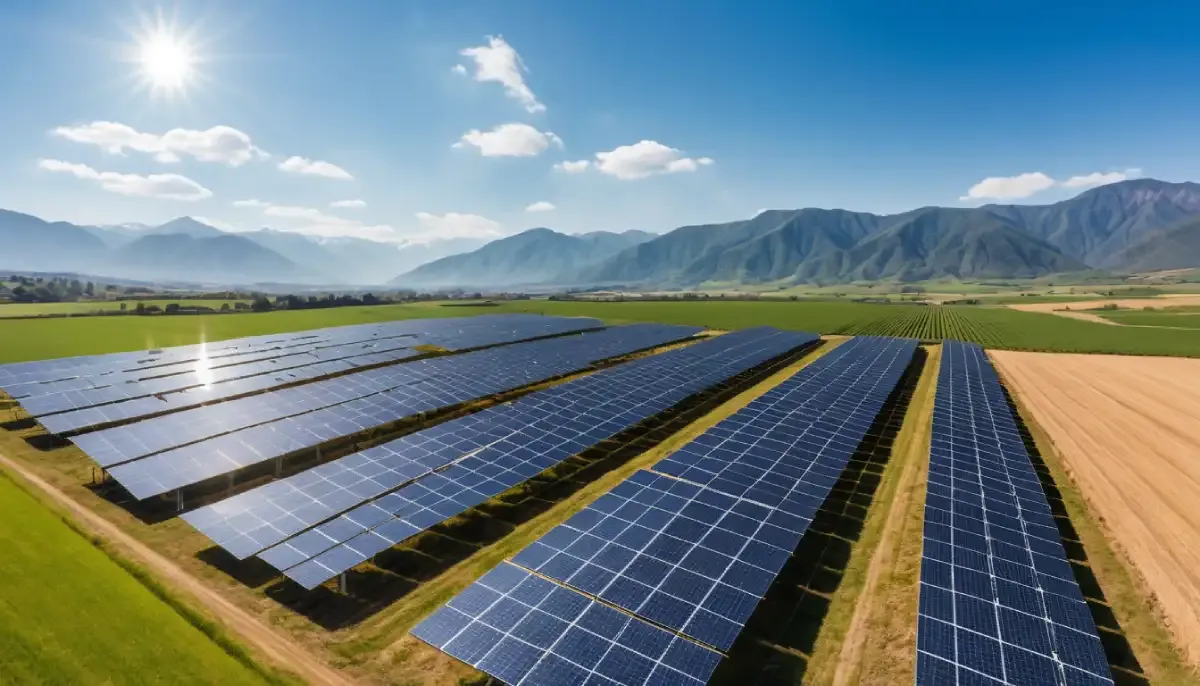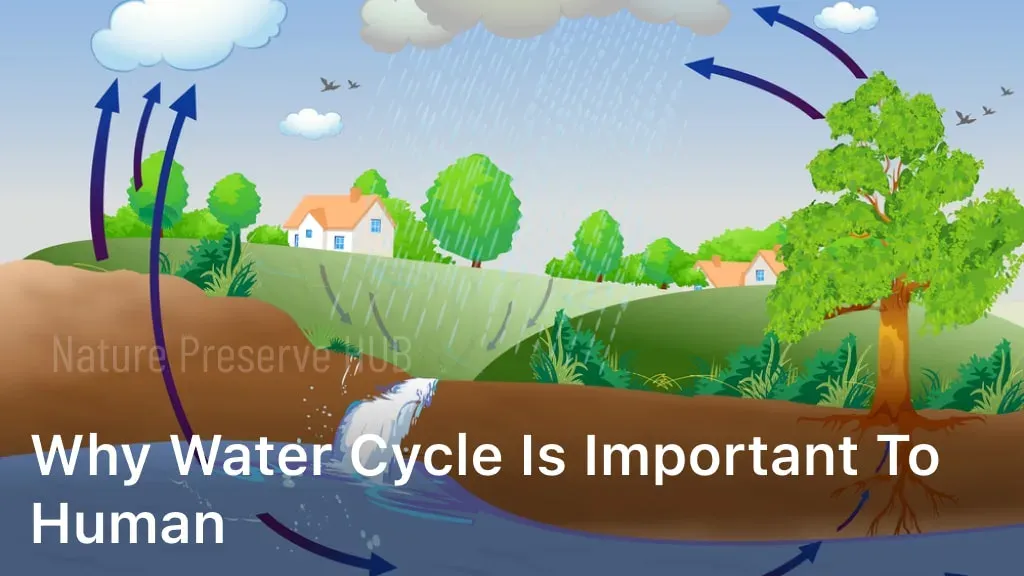Discover examples of renewable energy and explore clean, sustainable power sources like solar, wind, and hydropower that are shaping our green future. Are you ready to learn about the incredible potential of renewable energy? With the climate crisis looming large and the need for sustainable alternatives growing, renewable energy has become a crucial part of the global conversation. From wind turbines towering in the sky to the power of the sun beaming down on our rooftops, the world is rapidly shifting toward cleaner, greener energy sources. But what exactly are renewable energy sources, and why are they so important for our future? At its core, renewable energy comes from natural sources that are replenished on a human timescale, meaning they won’t run out like fossil fuels. This makes renewable energy a sustainable option for powering our homes, businesses, and even entire cities. In this article, we’ll dive into the examples of renewable energy, exploring how each of these energy sources works, their benefits, and why they are essential for a sustainable future. Let’s start by understanding what renewable energy is and why it’s a game-changer in the fight against climate change. Examples of Renewable Energy When we think about renewable energy, several options come to mind. Each source has its unique characteristics and benefits, making them viable alternatives to traditional fossil fuels. Below, we’ll explore some of the most popular examples of renewable energy, shedding light on how they work and why they’re considered the future of energy production. 1. Solar Energy Solar energy is perhaps the most widely recognized form of renewable energy. It harnesses the power of the sun’s rays and converts it into electricity through solar panels. The technology behind solar power has advanced significantly in recent years, making it more accessible and affordable for households and businesses alike. How Solar Energy Works Solar energy is generated through photovoltaic (PV) cells that capture sunlight and convert it into electricity. These PV cells are typically installed on rooftops, but large solar farms can also be found in open fields. When sunlight hits the solar panels, the energy is absorbed and converted into direct current (DC) electricity, which is then transformed into alternating current (AC) by an inverter for use in homes and businesses. Benefits of Solar Energy Sustainable: Solar energy is clean and abundant. As long as the sun shines, we have access to this renewable energy source. Low Operating Costs: Once installed, solar panels require minimal maintenance and can last for 25 years or more. Energy Independence: With solar energy, you can reduce your reliance on traditional power grids and potentially save on electricity bills. Challenges Intermittency: Solar power generation depends on sunlight, so energy production may decrease on cloudy days or at night. Initial Cost: The installation of solar panels can be expensive, but government incentives and long-term savings help offset this cost. 2. Wind Energy Wind energy is another major player in the renewable energy landscape. It uses the power of moving air to generate electricity through wind turbines. With vast areas of land and even offshore wind farms, wind energy has become one of the most promising clean energy sources. How Wind Energy Works Wind turbines operate by harnessing the kinetic energy of wind. When wind blows across the blades of a turbine, it causes them to spin. This motion is converted into mechanical energy, which is then transformed into electricity by a generator. Benefits of Wind Energy Low Emissions: Wind power is a zero-emission energy source, making it a critical part of the transition to a carbon-free energy grid. Efficient: Onshore and offshore wind farms can generate large amounts of electricity, contributing significantly to energy grids. Job Creation: The wind energy sector has seen rapid growth, creating jobs in manufacturing, installation, and maintenance. Challenges Intermittency: Wind energy generation depends on wind conditions, which can fluctuate throughout the day and year. Aesthetic and Wildlife Concerns: Some communities have raised concerns about the visual impact of wind turbines and their potential effects on local wildlife. 3. Hydropower (Hydroelectric Energy) Hydropower is one of the oldest and most established renewable energy sources. It relies on the movement of water to generate electricity, often through the use of dams. How Hydropower Works Hydropower works by capturing the energy of flowing water, typically from rivers or waterfalls. The water flows through turbines, causing them to spin and generate electricity. There are different types of hydropower systems, including run-of-river systems and large-scale dams that store water in reservoirs. Benefits of Hydropower Reliable: Hydropower provides a constant source of energy, as water flows continuously through rivers and streams. Energy Storage: In some systems, excess energy can be stored in reservoirs and released when needed, providing a buffer for times of high demand. Low Operating Costs: Once the infrastructure is in place, hydropower plants have relatively low operational costs. Challenges Environmental Impact: Large-scale hydropower projects can disrupt ecosystems, affecting fish migration and water quality. High Initial Costs: Building a hydropower plant requires significant investment in infrastructure and maintenance. 4. Geothermal Energy Geothermal energy taps into the heat stored beneath the Earth’s surface to generate power. It has the potential to provide a constant, reliable source of energy, unlike intermittent renewable sources like wind or solar. How Geothermal Energy Works Geothermal plants use steam or hot water from underground reservoirs to power turbines and generate electricity. This energy can also be used for direct heating applications, such as in geothermal heat pumps. Benefits of Geothermal Energy Consistent: Geothermal energy is not weather-dependent, making it a reliable source of power. Low Emissions: Geothermal energy produces minimal greenhouse gas emissions, making it an environmentally friendly option. Sustainable: The Earth’s heat is virtually inexhaustible on a human timescale. Challenges Location-Specific: Geothermal energy is location-dependent and can only be harnessed in regions with significant geothermal activity. High Initial Costs: The installation of geothermal plants can be expensive, though operational costs are relatively low. 5. Biomass Energy Biomass energy comes from organic materials like plants, agricultural





